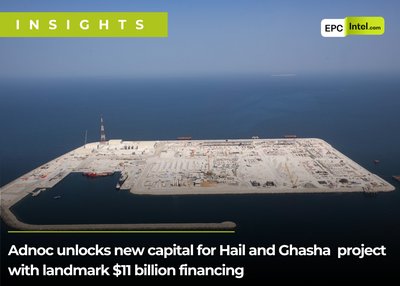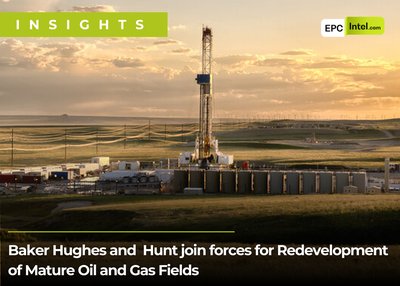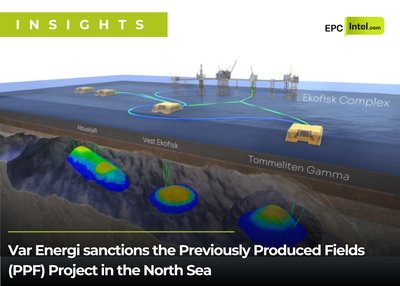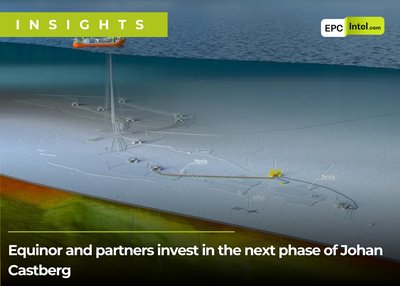$500 billion Project Matador: Hyundai E&C takes lead on America’s 11 GW AI-nuclear energy campus
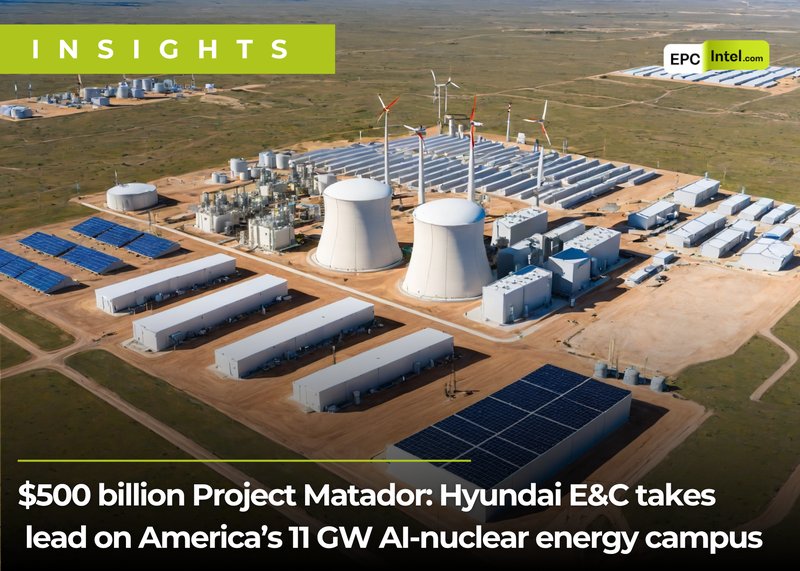
Fermi America’s $500 billion Project Matador in Texas is not just another power plant, it is a blueprint for how the United States intends to power the artificial intelligence revolution. Centered around Amarillo, the project combines 11 gigawatts of integrated generation capacity — four AP1000 nuclear reactors (4 GW), 2 GW of small modular reactors, 4 GW of combined-cycle gas plants, and 1 GW of solar and battery energy storage — all connected to a hyperscale AI data-center complex. Marketed as the world’s largest private “HyperGrid™”, the project is being developed on more than 21 million square meters of land in partnership with the Texas Tech University System.
The initiative is designed to provide a self-sufficient, low-carbon, and high-reliability power ecosystem capable of supporting large-scale AI computing, cloud, and defense applications. It is a flagship for the U.S. policy of energy dominance, merging nuclear reliability, gas flexibility, and renewable balance to deliver continuous baseload power for AI and data infrastructure.
Hyundai E&C contract and scope
Hyundai Engineering & Construction (Hyundai E&C) has been awarded the Front-End Engineering Design (FEED) contract for the first phase of Project Matador’s nuclear development. This marks the first major U.S. nuclear contract for a Korean EPC player, positioning Hyundai E&C as a new entrant into the American nuclear market.
Under the contract signed with Fermi America, Hyundai E&C will perform basic design works for the four AP1000 nuclear units. The scope includes site layout development, review of cooling systems, and detailed estimates for project budget and construction schedule. This FEED phase will form the foundation for the full Engineering, Procurement, and Construction (EPC) contract, which is expected to be finalized in the first half of 2026, following completion of the U.S. Nuclear Regulatory Commission (NRC) licensing review.
The contract signing ceremony took place at Hyundai E&C’s Seoul headquarters with CEO Lee Han-woo and Mesut Uzman, CEO of Fermi Nuclear LLC, in attendance. Shortly after, Lee met Toby Neugebauer, CEO of Fermi America, in Hong Kong to discuss acceleration of EPC planning and collaboration on project execution.
Fermi America and strategic positioning
Fermi America, co-founded by former U.S. Energy Secretary Rick Perry and Toby Neugebauer, has quickly become a central player in America’s next-generation energy buildout. The company was listed on both NASDAQ and the London Stock Exchange just nine months after its creation, reflecting rapid investor confidence.
Fermi’s ambition is to establish the world’s first integrated energy and AI campus — a fully independent, hybrid grid combining nuclear, gas, and renewable generation with data-processing capacity on a single site. According to Fermi, the 11 GW project will be constructed in stages through 2032, ensuring continuous power for hyperscale AI and high-performance computing infrastructure.
To advance early-phase work, Fermi America signed two Letters of Intent (LOIs) with Siemens Energy in October. The first covers supply of 1.1 GW of F-class gas turbines for the combined-cycle segment, while the second outlines cooperation on steam turbine and generator systems for the four AP1000 reactors. These agreements underscore the hybrid integration model at the core of Project Matador — blending nuclear reliability with gas responsiveness to form a stable, on-demand energy backbone.
EPC and supply chain outlook
From an EPCIntel.com standpoint, Project Matador represents one of the largest potential EPC opportunities globally over the next decade. Based on industry benchmarks, the four-unit AP1000 program alone could carry an EPC value of USD 15–25 billion, while balance-of-plant and integration works could add several billion more.
Estimated major packages include:
Nuclear Island EPC: reactors, turbines, containment systems (USD 3–6 billion per unit)
Balance of Plant (BOP): cooling, piping, electrical, and safety systems (10–20% of nuclear island value)
Site Civil and Structural Works: foundations, heavy civil, modular installation, logistics zones
Energy Integration: high-voltage switchyards, 1 GW battery storage, solar arrays (USD 0.8–1.2 billion total)
Combined-Cycle Gas Plant EPC: 4 GW of capacity, now advancing under Siemens Energy agreements
Korean suppliers are expected to play a key role in nuclear equipment manufacturing, while U.S.-based contractors, particularly in Texas, will dominate civil, electrical, and infrastructure scopes. FEED activities through 2026 will shape bid frameworks for early EPC awards from 2027 onward.
Strategic outlook
The Hyundai E&C–Fermi America collaboration reflects a new phase of Korea-U.S. energy cooperation, bringing proven Korean EPC capability to the expanding U.S. nuclear market. It also anchors Fermi America’s ambition to create an energy-sovereign AI ecosystem, ensuring stable, round-the-clock electricity for America’s digital future.
As the FEED progresses and licensing milestones advance, Project Matador is expected to define the next decade of large-scale energy infrastructure, combining nuclear precision with digital ambition. For global contractors, suppliers, and investors, this project is the early signal that the race to power artificial intelligence has truly gone nuclear.
